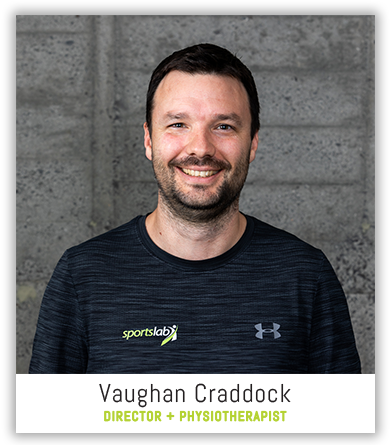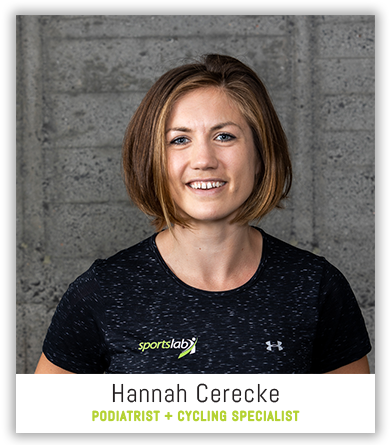Redefining Performance: Gap Analysis.
In the last blog we looked at a different definition of performance. One that moves away from a simplistic comparative model of “I ran faster, therefore I performed better”, and moved toward one where we focused on increasing our knowledge, skills and abilities and applying these to the completion of our given task. We defined performance as the ongoing improvement of ourselves and expanding our envelope of what we are capable of, to achieve our best.
To effectively increase our knowledge, skills and abilities we must first be able to critically evaluate our current strengths and weaknesses within our given task in order to start building a plan for improvement. At first this sounds simple, but with our body’s being the complex creatures that they are, there is quite an art to this. It’s not often as simple as, “I want to run further, so I’m going to slowly increase my long run by an extra kilometre each session”. What might be holding us back from running further might be our current biomechanics, it might be poor nutrition, or it might be our head telling us that we weren’t built for long distance running.
Gap Analysis
To effectively critique our current strengths and weaknesses in our given task, we can employ a process of gap analysis. Gap analysis is not a unique concept- we see this concept across many aspects of life- from sport to business management. Across all aspects it holds a near identical definition, and all involve the comparison of actual performance with potential or desired performance. Across all aspects, gap analysis requires a systemic review of all the skills and variables that accumulatively allow us to be optimum at the task we are trying to perform. It’s an honest review of where we sit on a continuum of skill from absolute beginner, to proficiency. If workplace self-appraisals are anything to go by, this is something that we can often find difficult or downright awkward to do. This appears to be born out of fear of either under-evaluating or over-evaluating where we are. This could be because we lack the necessary knowledge to accurately self-evaluate, or maybe because we have received flawed feedback that has skewed our view or created a bias in us. If self-assessment is proving difficult or inaccurate, this is the best time to talk to a coach or health professional, to help you identify your current strengths and weaknesses for your given task.
We then need to apply this critical analysis, to determine where to put our energy to get the best return on our investment. Gap analysis is an artful combination of where you currently sit on the strength/weakness scale as well as the importance of that skill to the given task. What we must remember is that gap analysis is not purely evaluating our generic strengths and weaknesses, but an in-depth review of the requirements of our given task/sport, and the skillsets required for improvement in this area. If we don’t have a clear understanding of the specific requirements of our sport then we may end up spending a lot of time/energy/resources, but not fulfill the requirements for improved performance. This is most common when someone is new to a sport or activity but can continue to occur in the small complex details of a task even when an athlete is participating at a high level or has been in their sport for many years. This skill is particularly important in realising that just because we might understand the generic requirements of a sport, we may not realise our unique requirements at a given time for that sport. It’s easy to forget that everyone is different, and this means that we will respond differently to training, nutrition, treatment and stress. The best example of this is if you put 2 people through a training/exercise programme for the exact same length of time. The adaptability and the performance outcomes for each of these people will be very different. So, we need that artful combination of both an in-depth understanding of our sport, as well as an in-depth understanding of where we are currently on the strength/weakness scale.
For an effective gap analysis process we must first identify, then rank our priorities, then implement. And we must do so, recognising that every human is different, every human has different needs, and every human will respond differently. But how does someone with little to no background in sport or healthcare, effectively identify and rank what their priorities are? We recommended making the most of accessing the knowledge that is around you: friends, colleagues, coaches, health professionals, the world wide web. Obviously, some of these sources hold more weight than others, but use the resources around you.
Identifying Priorities
To help rank what your priorities should be, we recommend thinking about big rocks and little rocks. Big rocks are those where you get the maximum benefit both in its local and immediate impact, but also in downstream effects. Big rocks are those where you get the best return on the time/energy/resources that you put into it, and as such should be your priorities to address in order to improve your performance. On the other hand, little rocks are those where you get the last 10-20% of gain from, and generally take a lot more effort to see benefit from. It’s not that little rocks are unimportant variables, they are just factors that currently sit lower on the priority scale. This may seem obvious, prioritise the important things and leave the less important things to last, but it’s surprising to see just how common it is for people to get caught up in trying to address the small details without first mastering the simple yet big rocks. A lot of the time we can blame some very clever marketing from companies trying to sell their product for your little rocks. And at other times it seems that people end up chasing their little rocks first because that’s what their training buddies are doing, because that’s THEIR big rocks. Everyone’s big rocks and little rocks will look different to each other’s, and this is often where coaches or health professionals can be utilised- to help you identify what your unique big and little rocks are, and helping you to formulate a plan to addressing these areas.
We recognise that gap analysis is not an absolute science, and as such a cookie cutter template often isn’t effective for improving performance. Instead, we must bring a critical and informed mind into this framework. A successful gap analysis process offers you questions to ask yourself, in order to understand yourself and your strengths/weaknesses better, to know what you need and where to source it. Gap analysis should equip you with an improved self-management plan and help you know when to source additional skillsets or knowledge to achieve that plan. Next blog, we’ll look at some specifics of what these strengths/weaknesses could be: things that we often see are people’s “big rocks”. We’ll look at biomechanical, physiological and mental factors that effect our performance.
This blog is instalment two of a four-part series on ‘redefining performance’. We’ve bought together practitioners from all our Sports Lab services for a collaborative voice on the topic. To read blog one click here and keep an eye out for number three and four.






